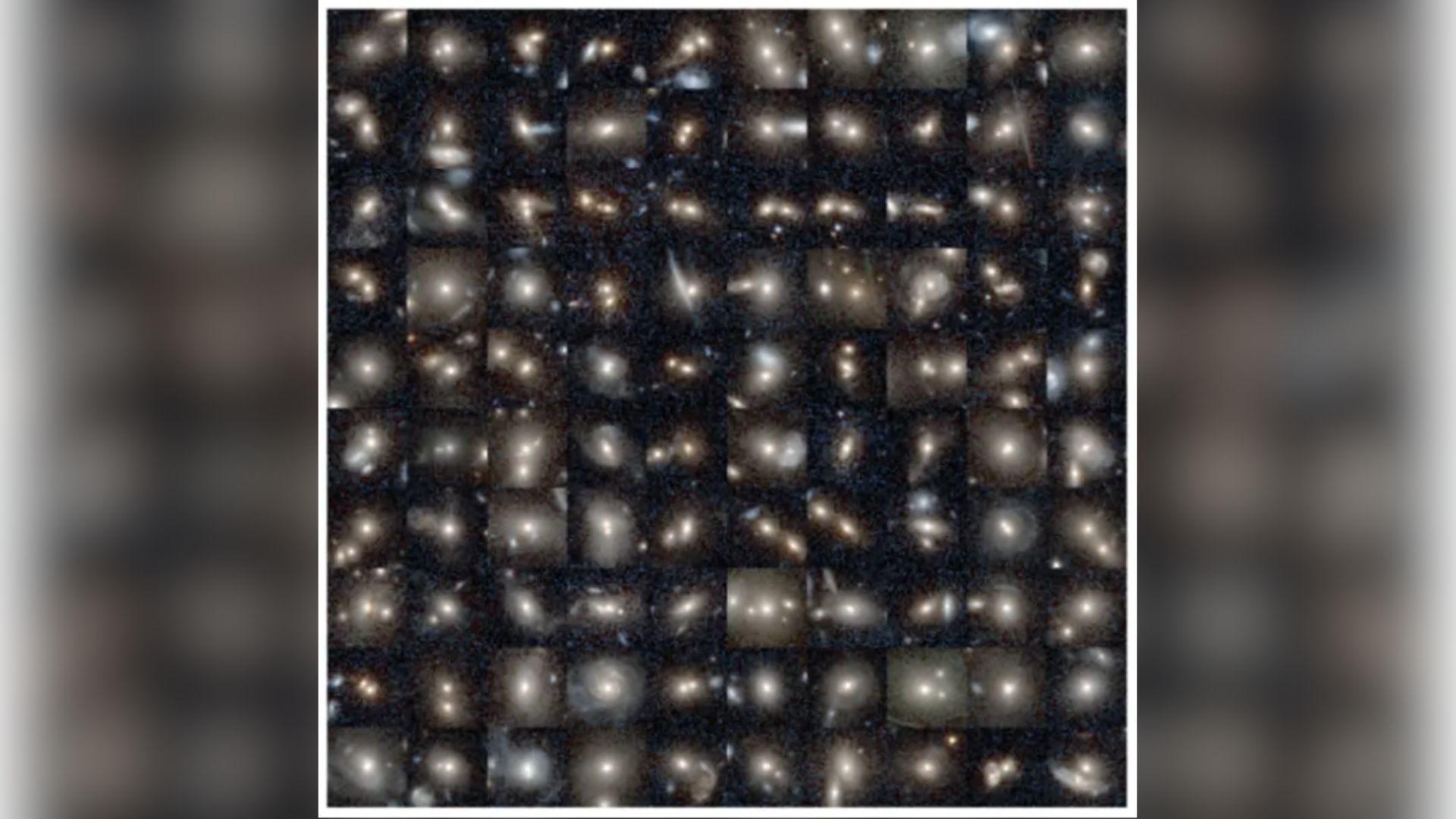Missing Gas Found in Milky Way

The true abundance in the Milky Way of a heavy, primordial form of hydrogen has eluded scientists for decades, but it turns out that huge quantities of it have been hidden in the dust that is scattered between stars.
The new finding relied on satellite measurements of a type of hydrogen called deuterium and found that its distribution in our galaxy is patchy rather than uniform. It will force big changes in theories about star and galaxy formation, astronomers say.
"Since the 1970s we have been unable to explain why deuterium levels vary all over the place," said Jeffrey Linsky, an astrophysicist at the University of Colorado at Boulder. "The answer we found is as unsettling as it is exciting."
Heavy hydrogen
Deuterium is a type, or isotope, of hydrogen that is a bit heavier than regular hydrogen. Deuterium has one proton and one neutron while regular hydrogen has no neutrons and one proton.
Scientists think deuterium is burned and destroyed during a star's lifetime, which theoretically means the amount of deuterium present in the universe can be used as a measure of star creation and galaxy building over billions of years.
Still, previous deuterium measurements varied so much that some scientists thought the measurements were wrong or that there was something wrong with their instruments. The instruments were fine. The results were right. It was the explanation of the results that was lacking.
Breaking space news, the latest updates on rocket launches, skywatching events and more!
New data
New data from NASA's Far Ultraviolet Spectroscopic Explorer (FUSE) satellite, launched in 1991 to study the origin and evolution of hydrogen and deuterium in the universe, allowed Linsky and his colleagues to confirm previous patchy deuterium findings and take it big step further.
The deuterium shows up in patches because it tends to clump with solid dust grains and therefore becomes invisible. This explains why along certain sight lines, satellites detect a lot of deuterium in interstellar gas but very little in other directions, Linsky said.
The patchy distribution of deuterium especially made sense to Princeton University's Bruce Draine, one of Linsky's co-authors on a research paper on the new deuterium findings. Three years ago, he proposed that the patchiness has to do with the chemistry of dust grains found in the space between stars, the interstellar medium. These regions of space consist mostly of gas but there is a small fraction of material in the form of very small particles, usually less than 1 micron in size (one particle of flour is about 60 microns wide).
Strong bond
The basic idea is that the chemical bond between carbon atoms and deuterium atoms in the interstellar medium is slightly stronger, due to that extra neutron, than the chemical bond between carbon and hydrogen atoms. Over time then, deuterium atoms replace hydrogen atoms in dust grains made primarily of carbon. This process occurs when dust grains are very cold and undisturbed, which is typical in the interstellar medium.
However the shock wave of a nearby supernova shock or hot star can suddenly zap the solid-phase, deuterium-carbon bond in dust grains and send the deuterium back into the gas phase.
The FUSE spacecraft only measures deuterium in the gas phase so it finds low quantities of deuterium when no supernova or star is or was recently nearby and high quantities when a nearby hot star or supernova shock wave has evaporated the deuterium back into a detectable phase.
FUSE not only found patchy deuterium. It found more deuterium than scientists predicted. Scientists thought at least a third of the deuterium created during the Big Bang would have been destroyed over time as a result of stellar formation, leaving much less than the amount FUSE detected.
What it means
If the peak levels of deuterium are correct, either a lot less material has been converted to elements in stars or more primordial gas rained down onto our galaxy over its lifetime than previously thought.
"My guess is that the second scenario is the more likely answer," Linsky told SPACE.com. "We know very little about the rate at which deuterium-rich gas is raining down on the galaxy today and in the past."
The paper by Linsky, Draine and their colleagues was published in the Astrophysical Journal.
- The Strangest Things in Space
- Top 10: The Wildest Weather in the Galaxy
- Top 10 Star Mysteries

Robin Lloyd was a senior editor at Space.com and Live Science from 2007 to 2009. She holds a B.A. degree in sociology from Smith College and a Ph.D. and M.A. degree in sociology from the University of California at Santa Barbara. She is currently a freelance science writer based in New York City and a contributing editor at Scientific American, as well as an adjunct professor at New York University's Science, Health and Environmental Reporting Program.
